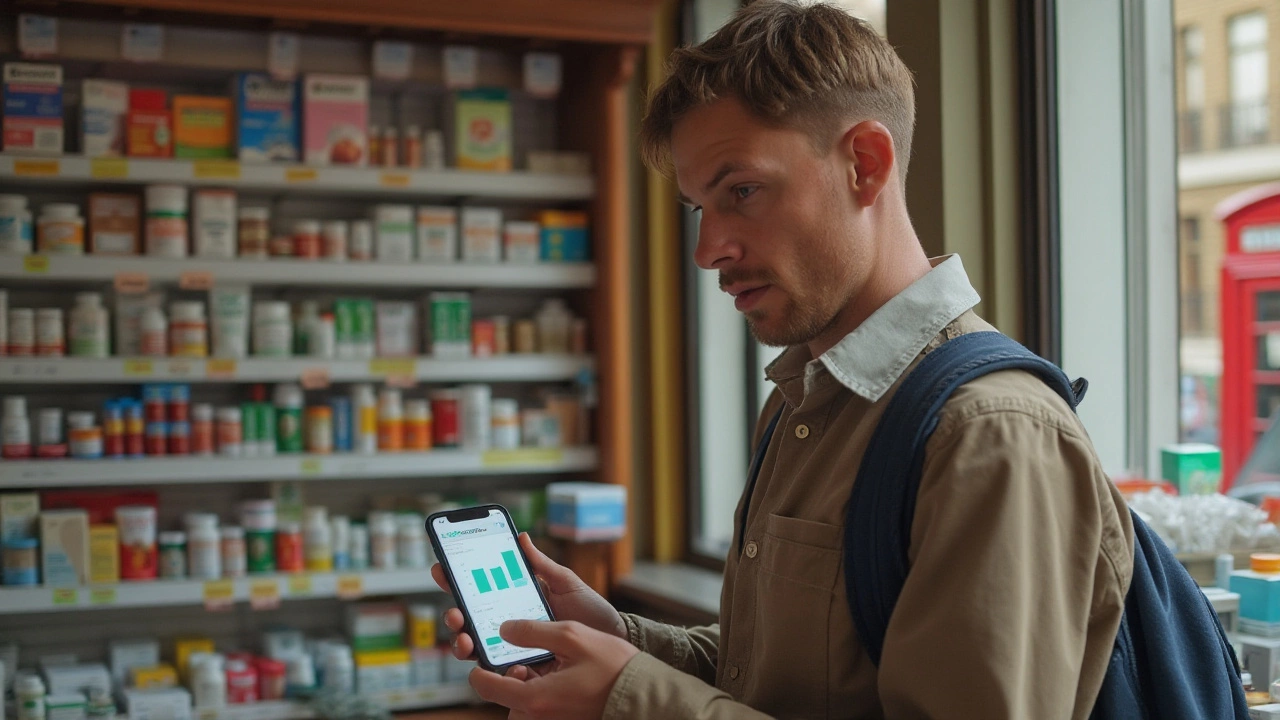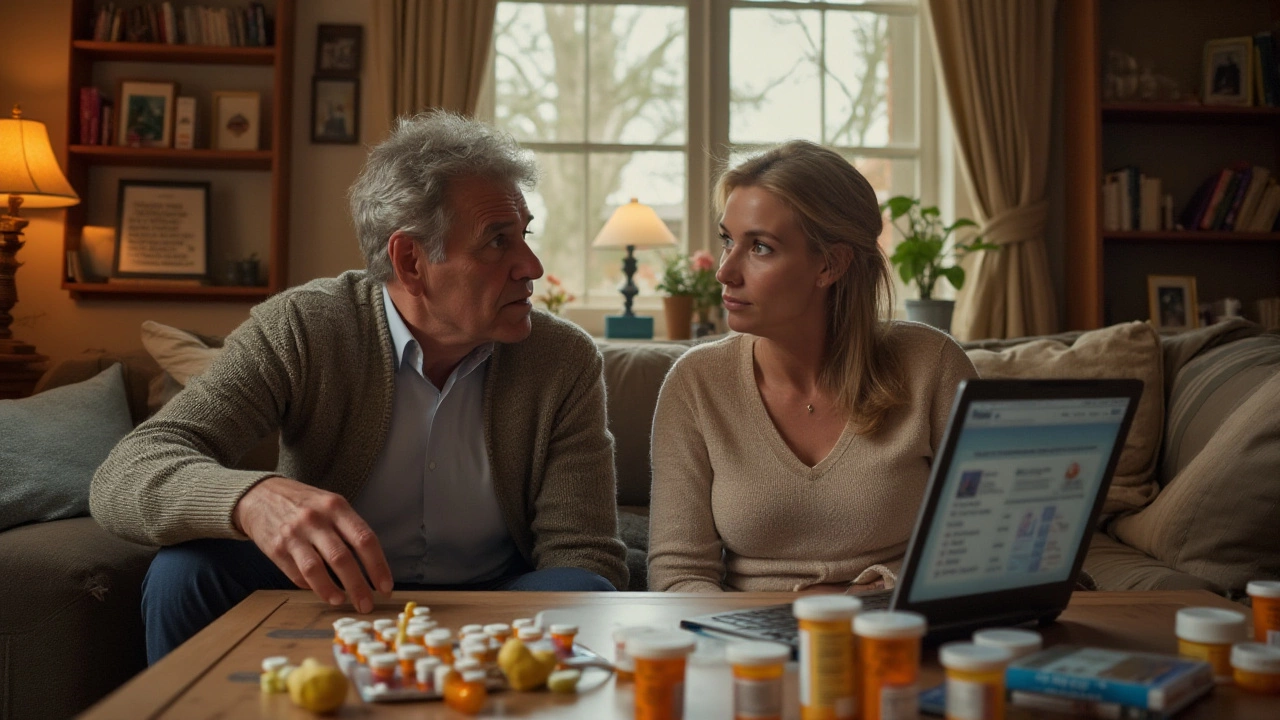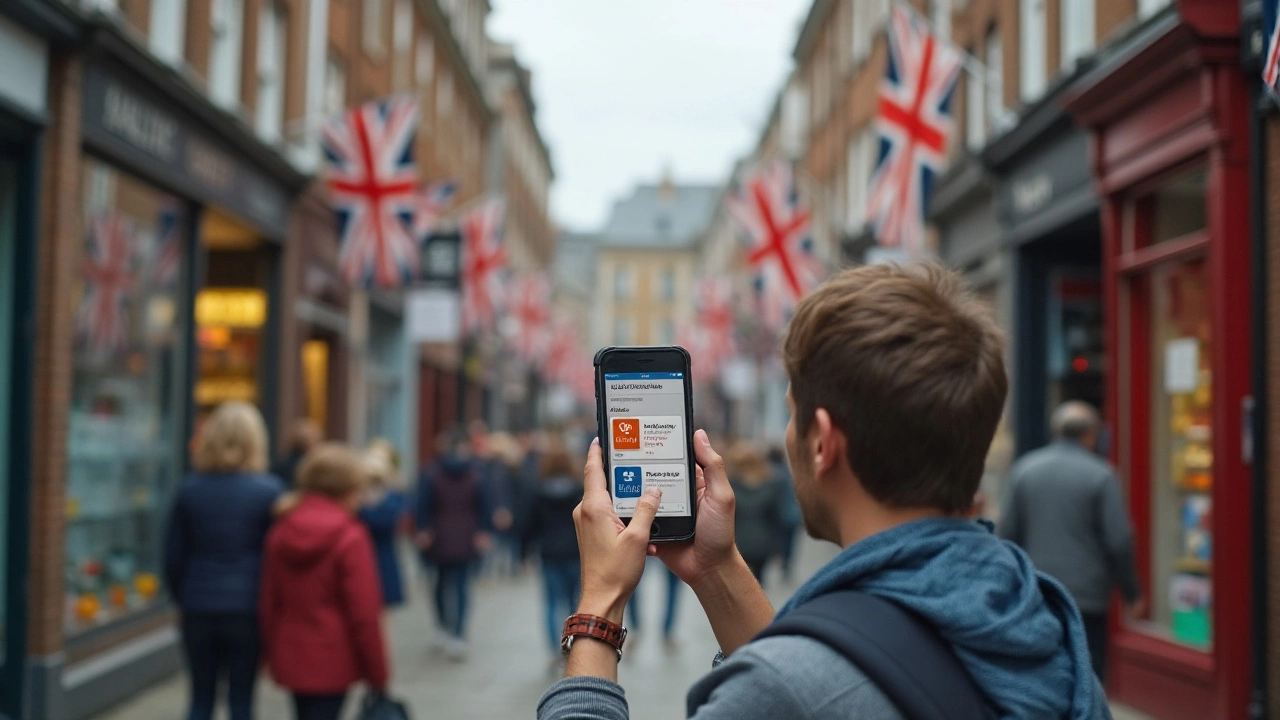
In the quest to make medicines affordable, GoodRx has emerged as a go-to tool for many consumers in the United States. Millions have turned to it for discounts and savings on their prescriptions, but what are the downsides of relying solely on this service? While GoodRx can reduce costs significantly, there are several potential drawbacks that one should consider.
First, the prices displayed on GoodRx can vary widely and change without notice, making it hard for consumers to plan their expenses accurately. Then, some pharmacies may not accept GoodRx coupons, or they might limit their application on certain drugs or brands, which can create an obstacle when trying to fill prescriptions.
Another concern is privacy. By using GoodRx, consumers often share sensitive health information, which raises questions about how this data is handled and protected. For those who prioritize their online privacy, this can seem like a substantial risk.
Despite these challenges, there are various strategies individuals can employ to save on medication without relying solely on GoodRx. Exploring these avenues can ensure that individuals find the best solutions for their specific circumstances.
- Fluctuating Prescription Prices
- Limitations in Pharmacy Participation
- Privacy and Data Concerns
- Alternative Strategies for Medication Savings
Fluctuating Prescription Prices
Anyone who has tried to use GoodRx for their prescriptions might have noticed a rather frustrating aspect of the service: the price variability. This inconsistency is more than just a minor annoyance; it can transform the very nature of how people budget for their medications. Prices listed on GoodRx can change frequently, sometimes even within a matter of hours. This happens because the prices are not directly controlled by GoodRx but are influenced by agreements between pharmacies and the prescription benefits that pertain to specific geographic regions or available stock.
Picture this: you check your medication price on GoodRx, and it shows a fantastic discount. However, by the time you arrive at the pharmacy, the cost could have increased, leaving you scrambling to make up the difference or risking a delay in obtaining needed medication. This kind of situation is more common than one might think. According to a report by Consumer Reports, nearly 70% of people encounter issues with fluctuating prescription prices, which significantly impacts their financial planning.
This variability can be attributed to several factors. Pharmacies may change their pricing based on their stock levels, or discounts initially offered may expire. Additionally, changes in wholesale prices that pharmacies receive can lead to quick adjustments in what they charge customers, and these adjustments can be reflected on platforms like GoodRx. Given these variables, rely on GoodRx at your own risk, as it might not always offer the lowest price at the time you need it the most.
A spokesperson for a major pharmacy chain once said, "Pharmacy prices can be as fluid as an evolving marketplace, and while we strive to provide the best rates, external factors often dictate the prices we can offer at any given moment." This highlights the fluid nature of the prescription price ecosystem and sheds light on why it can be challenging to lock in a cost.
Considering alternatives or complementary approaches might better serve individuals, like consulting with a pharmacist about in-store discount programs or checking if there are available manufacturer coupons. It's important to approach prescription costs with a strategic mindset, especially when using a tool like GoodRx, because price fluctuations can lead to significant swings in monthly healthcare expenses. Ensuring you have a robust strategy in place can alleviate the stress that accompanies unforeseen price changes.

Limitations in Pharmacy Participation
While GoodRx offers significant savings on drug costs, it’s important to recognize that not every pharmacy in your neighborhood may be part of its network. Some independent pharmacies opt out of participating due to reimbursement levels that they perceive as unsustainable. This means that, despite finding a fantastic deal online, you might walk into a local store only to discover that they don't accept GoodRx coupons.
Another layer of complexity arises from the fact that participation can vary not just by pharmacy chain but also by specific locations within those chains. For instance, a GoodRx discount might be valid at all Walmart pharmacies nationwide, but a small number of stores could choose to opt out due to corporate policy differences or regional management decisions. This often leads to consumers making trips to multiple pharmacies before finding one that will honor their coupon.
When using GoodRx, it’s also worth noting that some pharmacies have their own discount programs, which might offer better deals than GoodRx on specific medications. In addition, they might prioritize their own programs over third-party coupons, complicating the process for someone looking to get the very best price available with minimal hassle. This makes it essential for consumers to engage in frequent communication with their pharmacists to explore all possible options.
There is a potential emotional toll taken by the uncertainty of acceptance, especially for those requiring ongoing medication management. Not being certain of whether your coupon will be accepted can cause stress, which is the last thing someone managing a chronic condition needs. According to Elizabeth Davis, a healthcare journalist, "Reliability should not be underestimated. When patients can't easily access the meds they need, the impact goes far beyond the pocketbook."
"Patients often juggle emotional stress with the physical difficulty of obtaining their prescriptions, especially when different locations in the same chain have differing policies," Davis explains.
Consumers are encouraged to check directly with their pharmacy to confirm participation before heading out. Calling ahead can save time and ensure transparency, helping you avoid unexpected refusals. By directly inquiring about any restrictions or changes in acceptance policy, individuals can make informed decisions that best suit their situation. This understanding is crucial because on-the-spot refusals at the cash register can not only be frustrating but also impact one's health if medications become inaccessible just when they’re needed.

Privacy and Data Concerns
When it comes to using services like GoodRx for prescription savings, one pressing concern is how personal information is handled. Consumers need to know if their health data remains private and secure. GoodRx, in its role of offering discounted prescription prices, collects a significant amount of user information. This includes details about medication, which pharmacy the consumer prefers, and other health-related specifics. It is essential to question how this data is stored and who gets access to it, mainly when privacy breaches are an ever-growing threat in our digital age.
According to GoodRx's privacy policy, the company ensures basic confidentiality standards, yet questions about third-party access often arise. This is because many businesses use data analytics and marketing firms to improve or personalize user experiences. When your health data is shared with these third-party companies, there's always a risk that it could be misused for targeted advertising or sold to other entities without explicit consent. A New York Times article once emphasized these concerns, highlighting instances where similar health apps were found sharing user information in ways users didn't explicitly agree to.
"Privacy is increasingly being valued as a premium commodity, and users often have to decide if the service is worth the cost," said John McArthur, a data privacy advocate, highlighting the balance users must consider.
In addition to the possible sharing of user data, another potential concern is the security measures in place to prevent unauthorized access. Although GoodRx claims it follows industry standards to protect consumer data, the ever-present threat of cyber-attacks can’t be entirely eliminated. Reports have shown that even the most secure systems can become compromised, leaving millions vulnerable to identity theft or privacy invasion. It's vital for users to be vigilant and perhaps use unique passwords or maintain an awareness of any suspicious activity concerning their accounts.
For those who are particularly privacy-conscious, alternative services or methods might be explored. This could include looking into local patient assistance programs, directly visiting pharmacies for negotiation, or using other discount cards that guarantee better security checks. Having a well-rounded approach not only helps protect personal data but also opens up multiple avenues to achieving the desired savings on medications.

Alternative Strategies for Medication Savings
When tackling the ever-increasing costs of prescription medications, there are numerous strategies beyond GoodRx that can help consumers save money. One option is to consider generic versions of drugs, which are often much cheaper than their brand-name counterparts. Generics are required by the FDA to have the same active ingredients, strength, and dosage form as the branded version, ensuring they are just as safe and effective. By choosing generics, consumers can experience up to 85% cost savings while still effectively managing their health.
Another approach is to explore patient assistance programs (PAPs) offered by pharmaceutical companies. These programs provide free or low-cost medications to individuals who meet certain income and insurance criteria. Exploring the application process for these programs might be worth the effort for those struggling with expensive prescriptions. To find available PAPs, visit the pharmaceutical company's official website or use resources like the Medicine Assistance Tool.
Insurance plans often have their own set of drug formularies, which are lists of approved medications that offer the best value to both the insurer and the patient. Patients can benefit by reviewing these formularies to choose medications that are covered under their plans, ensuring a lower out-of-pocket cost. Speaking with a healthcare provider about cost-effective alternatives within the formulary can help align medical needs with financial constraints.
For those taking multiple medications, using a combination therapy might be more economical. Pharmacists can blend multiple generic medications into a single therapeutic regimen, minimizing both cost and pill burden. Always consult with healthcare providers to determine the safety and appropriateness of this approach for individual health needs.
Additionally, participating in mail-order pharmacy programs can result in financial savings. These services often provide a three-month supply of medications at a discounted rate compared to one-month supplies from traditional pharmacies. Patients should check with their insurance provider to see if they are eligible for this option.
An innovative tip is to buy medications in bulk if it's clinically appropriate. By doing so, the price per unit is often reduced. This method is particularly useful for drugs prescribed for long-term conditions. However, it is crucial to consider the shelf-life and storage requirements of any medication before purchasing it in bulk quantities.
Lastly, staying informed about any discount programs offered by local retailers can effectively lower prescription costs. Some supermarkets and big-box stores have launched pharmacy programs that offer a range of common prescriptions at reduced prices, sometimes as low as $4 per fill.
In the words of health economist Jane Doe,
"Understanding and utilizing all available resources is key to managing medication costs effectively. It's not about cutting corners but finding sustainable and affordable solutions."This encapsulates the essence of being proactive and resourceful in handling drug costs. Researching and implementing these strategies can make a tangible difference in healthcare expenditures.